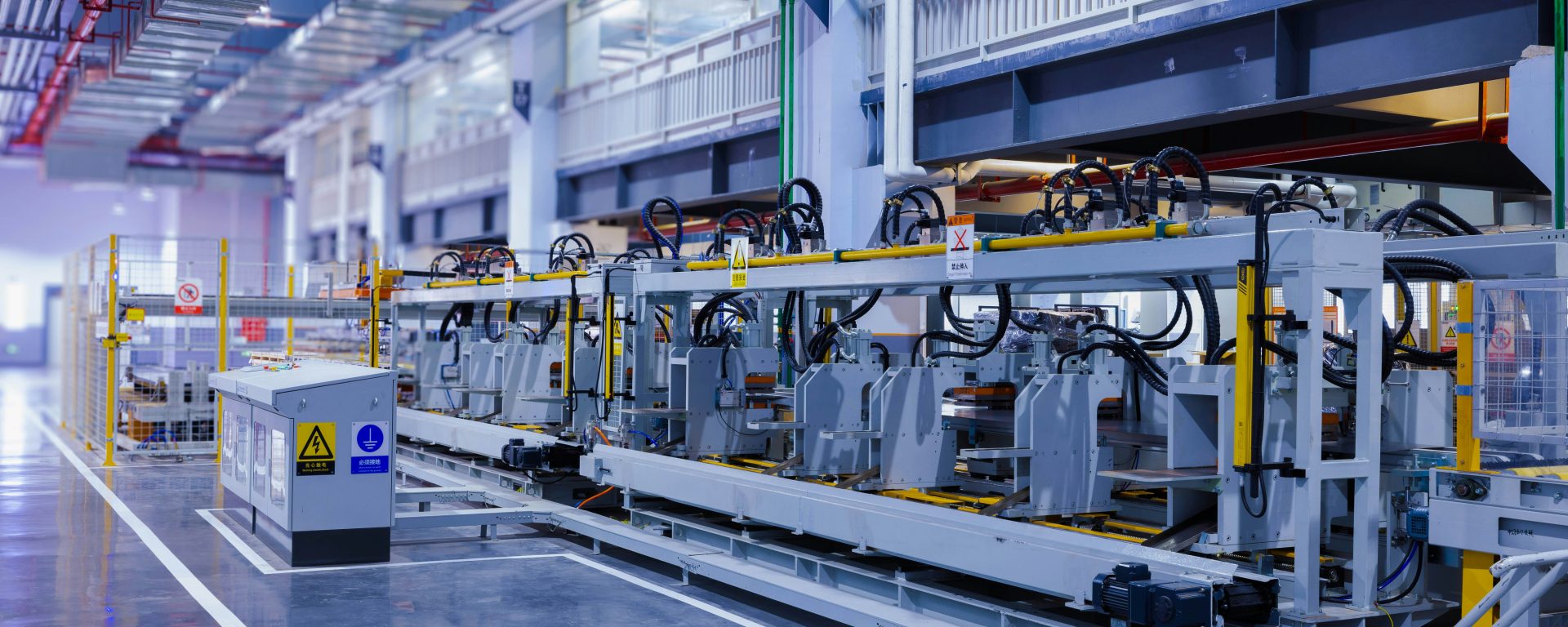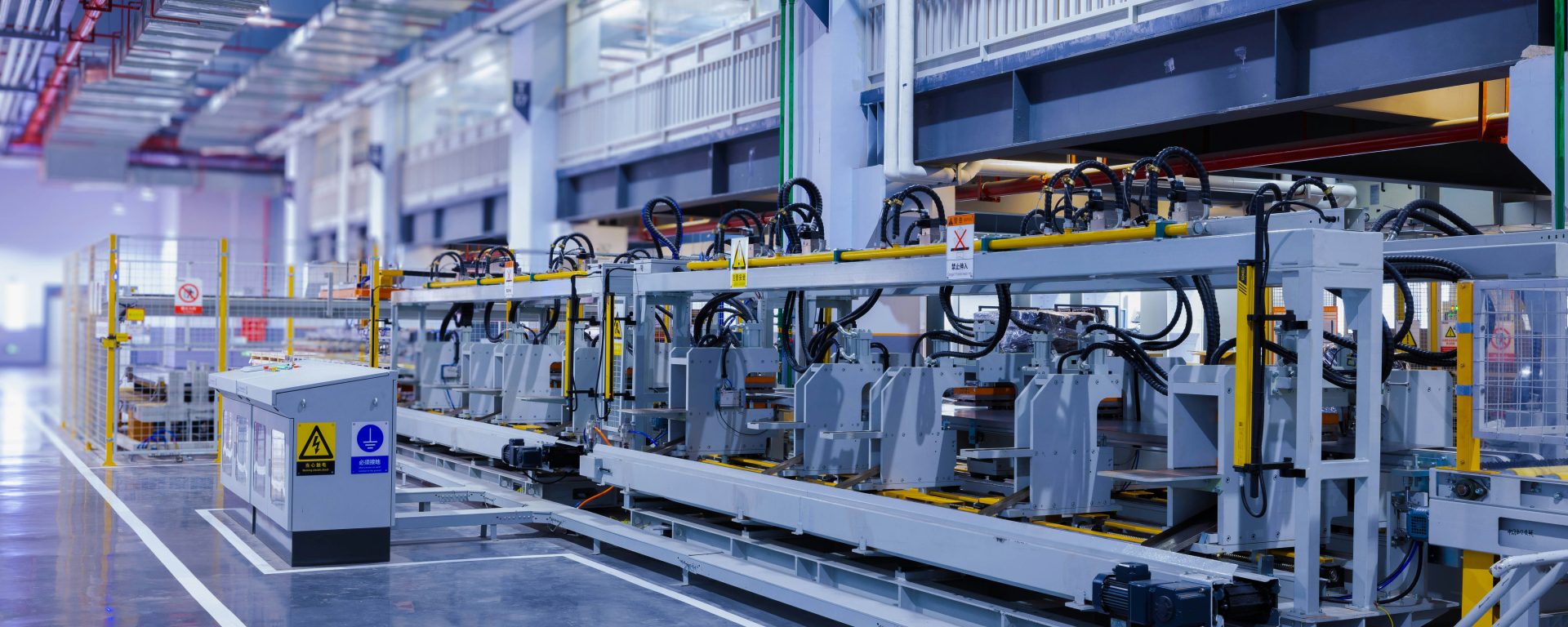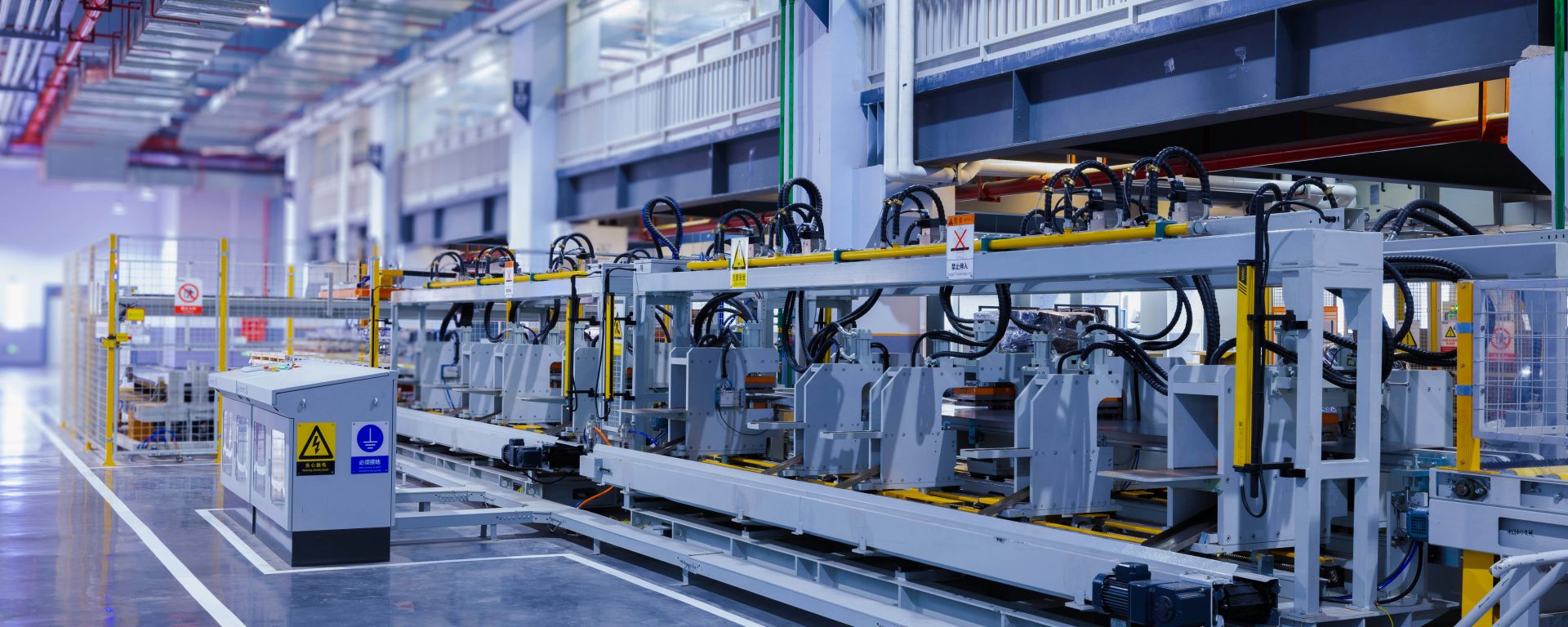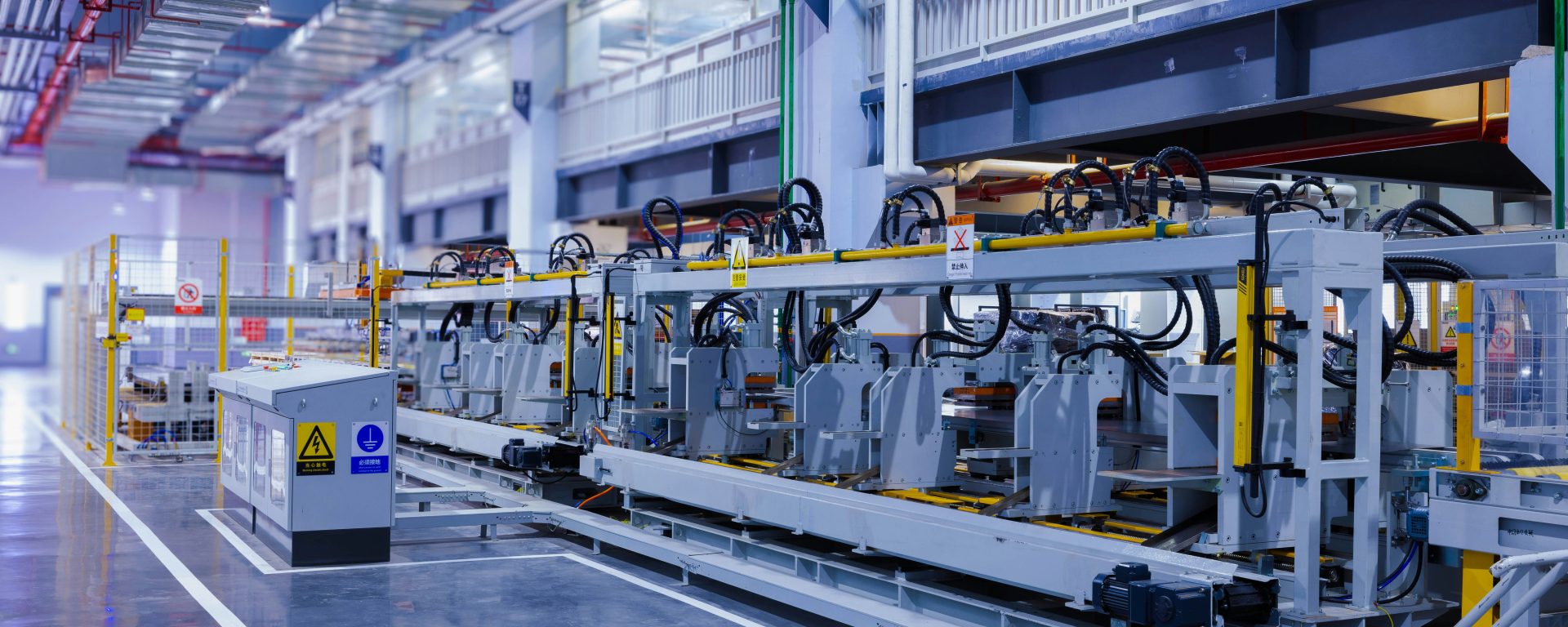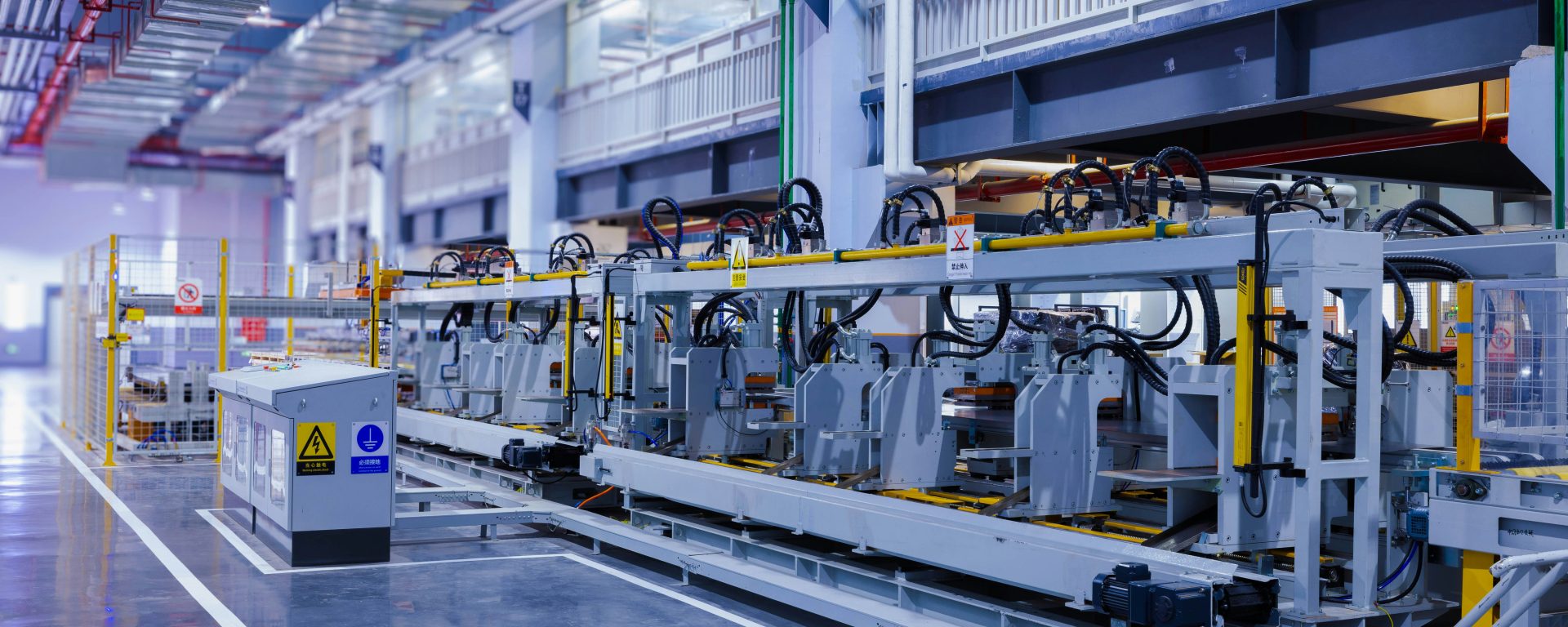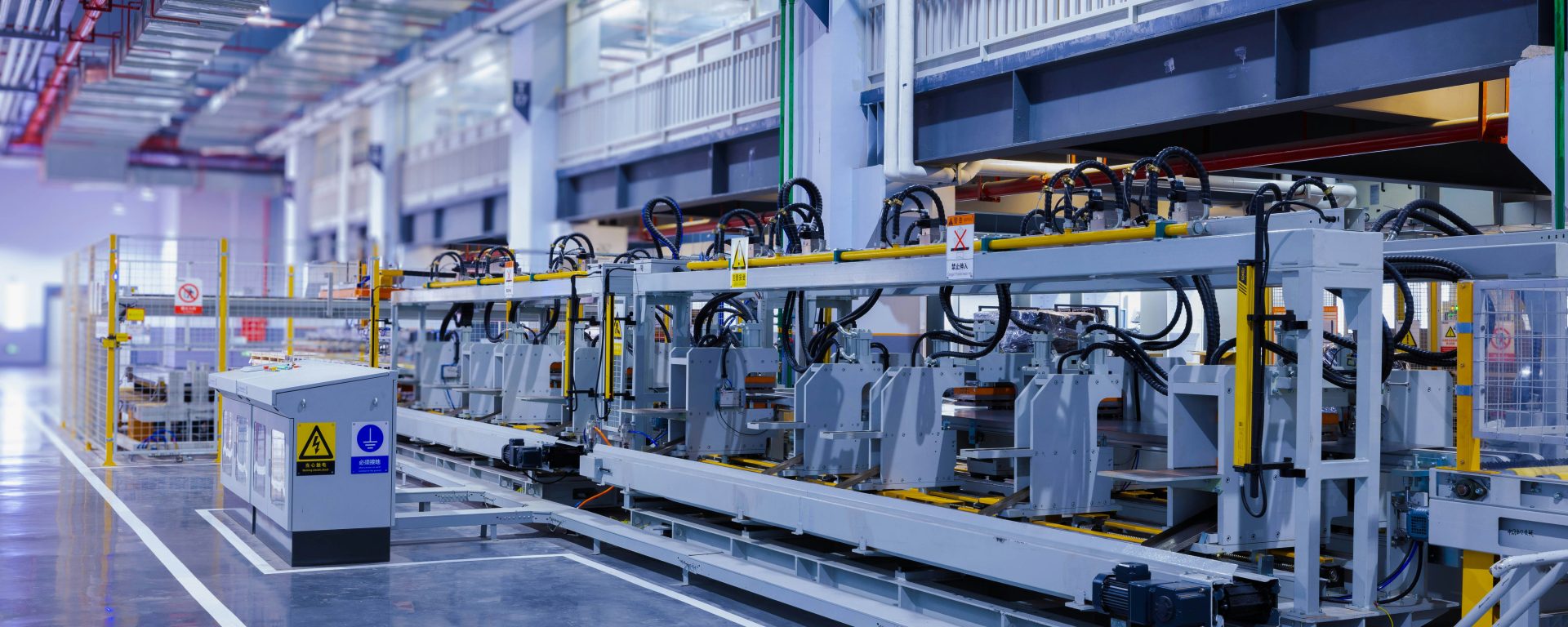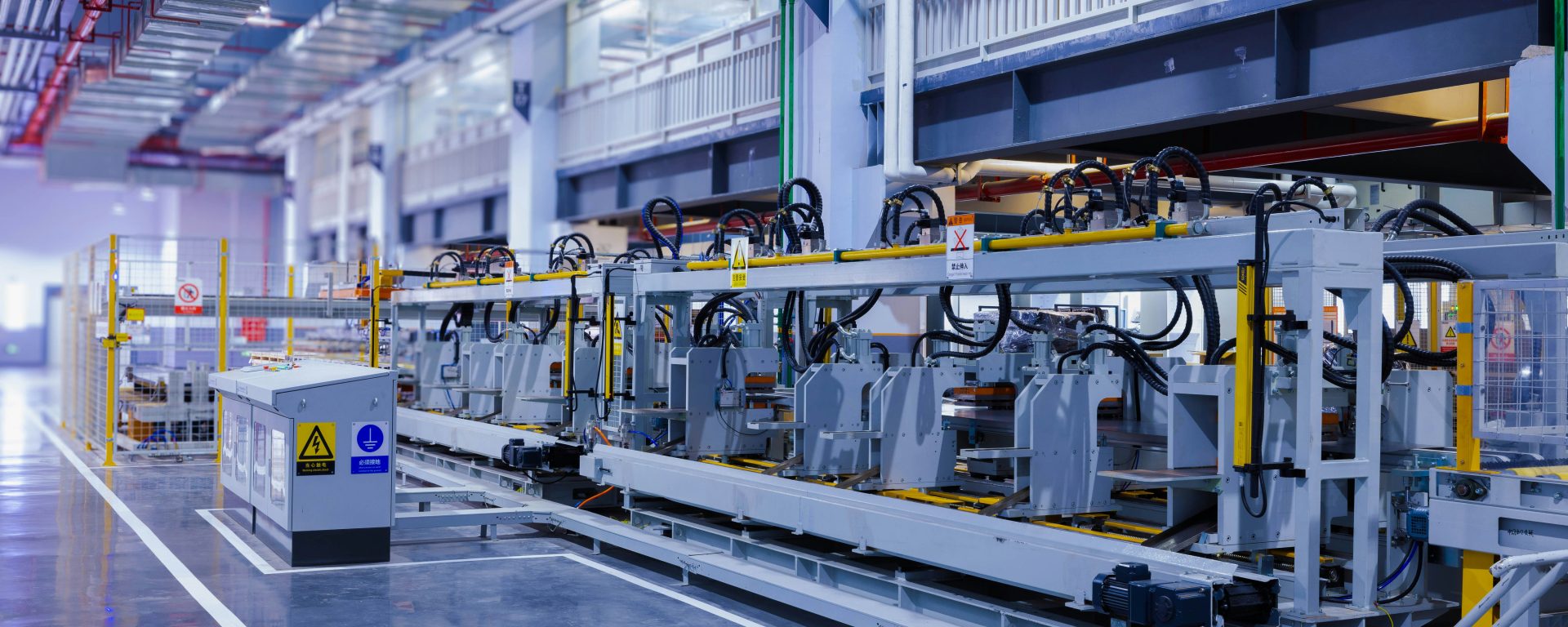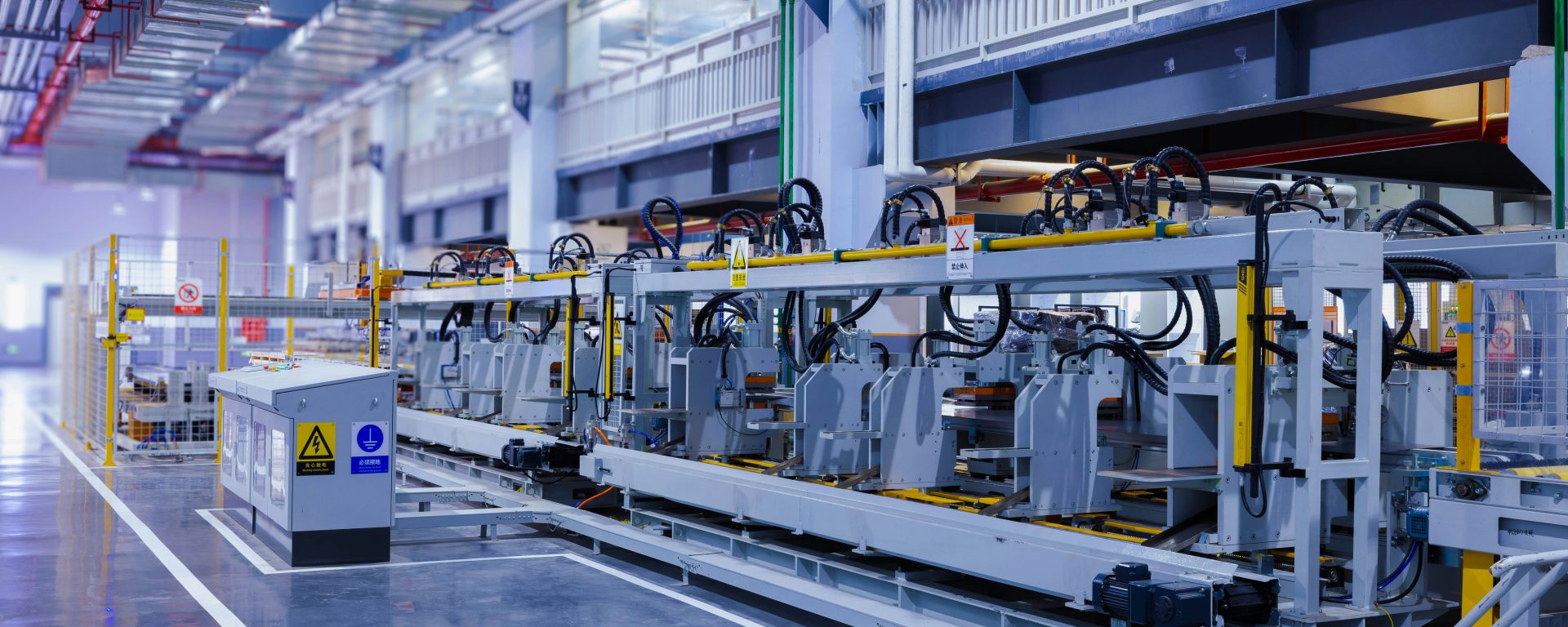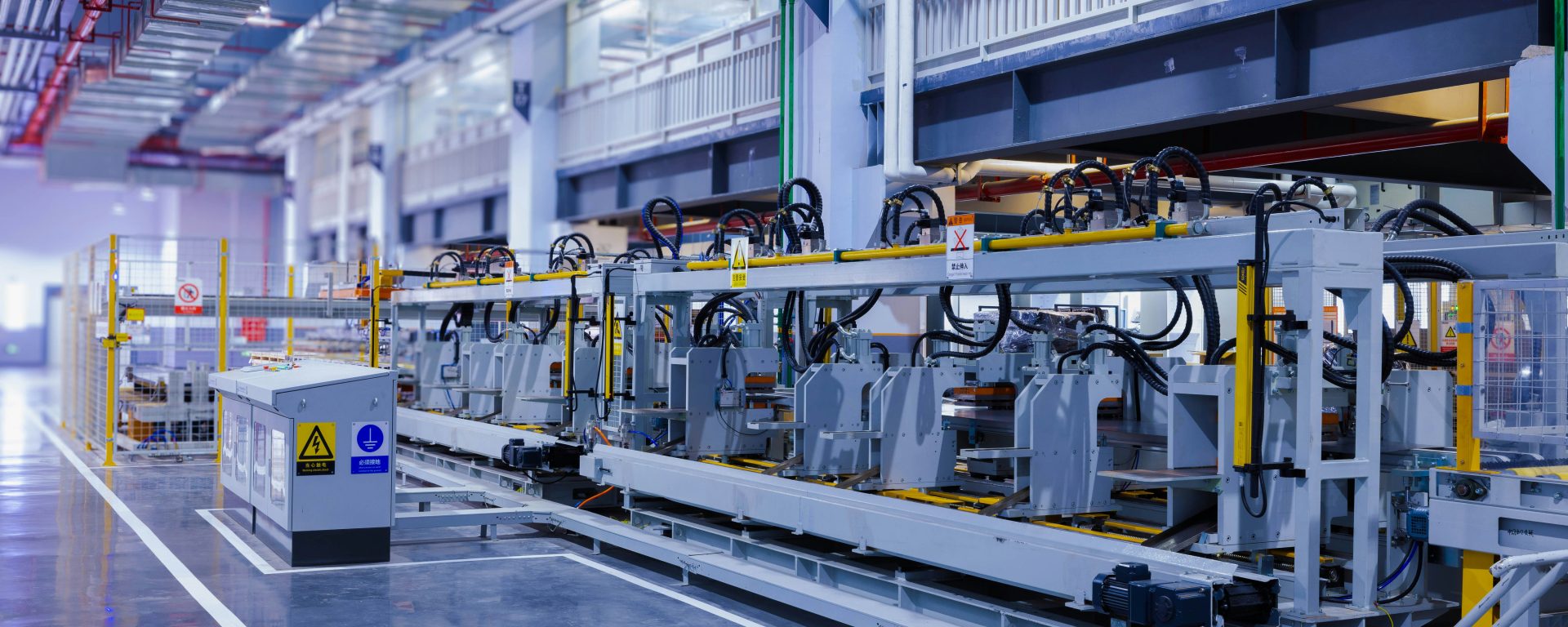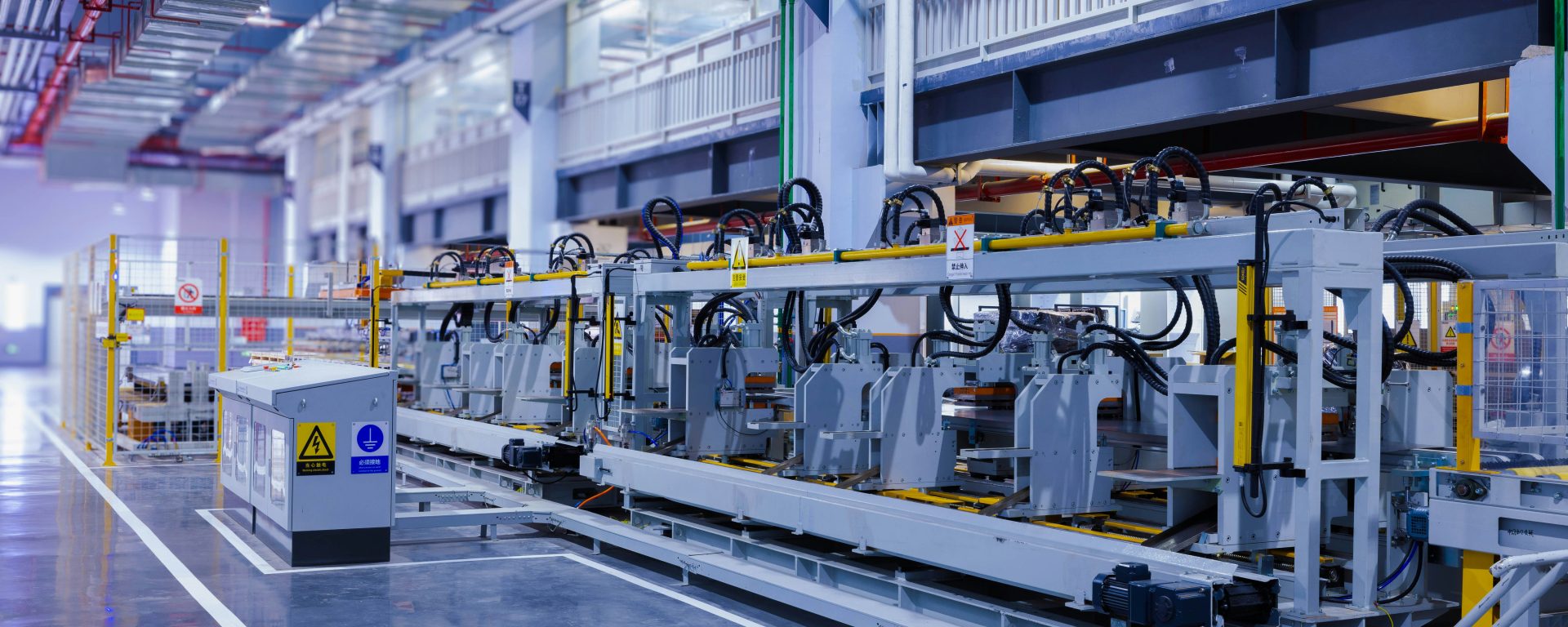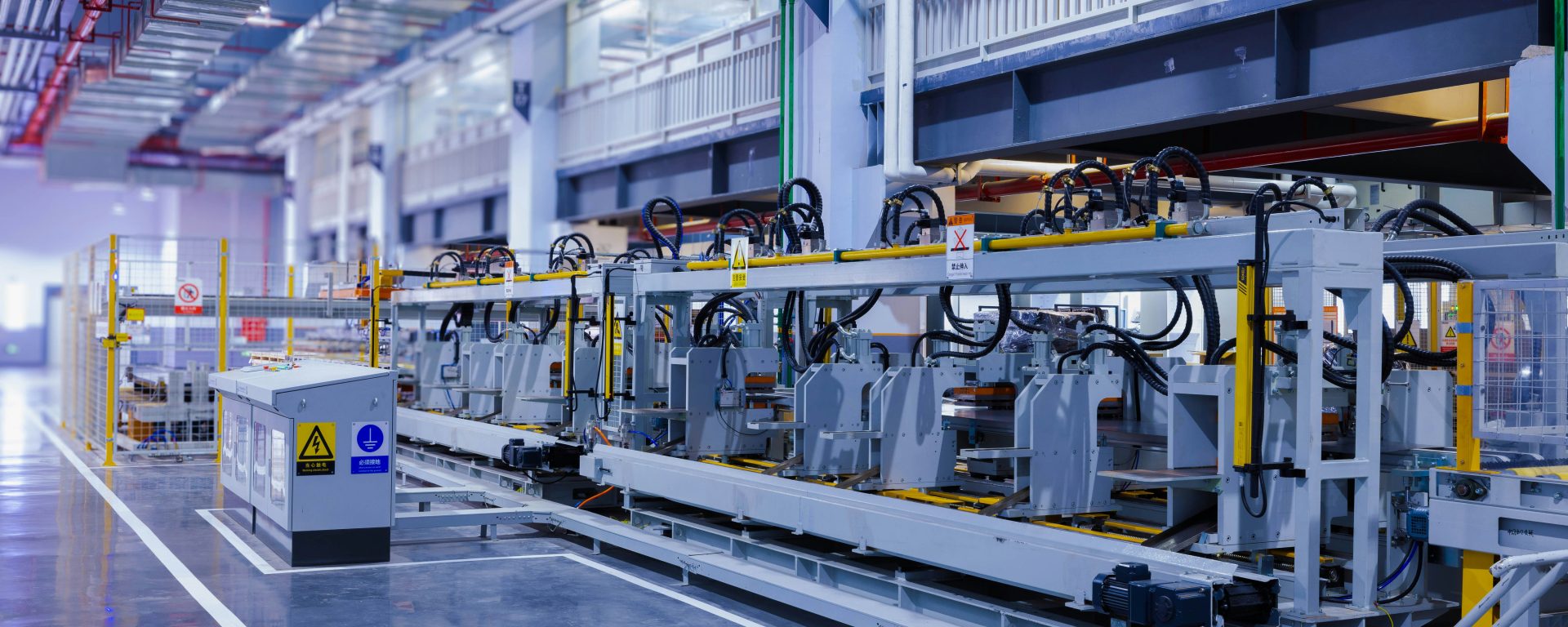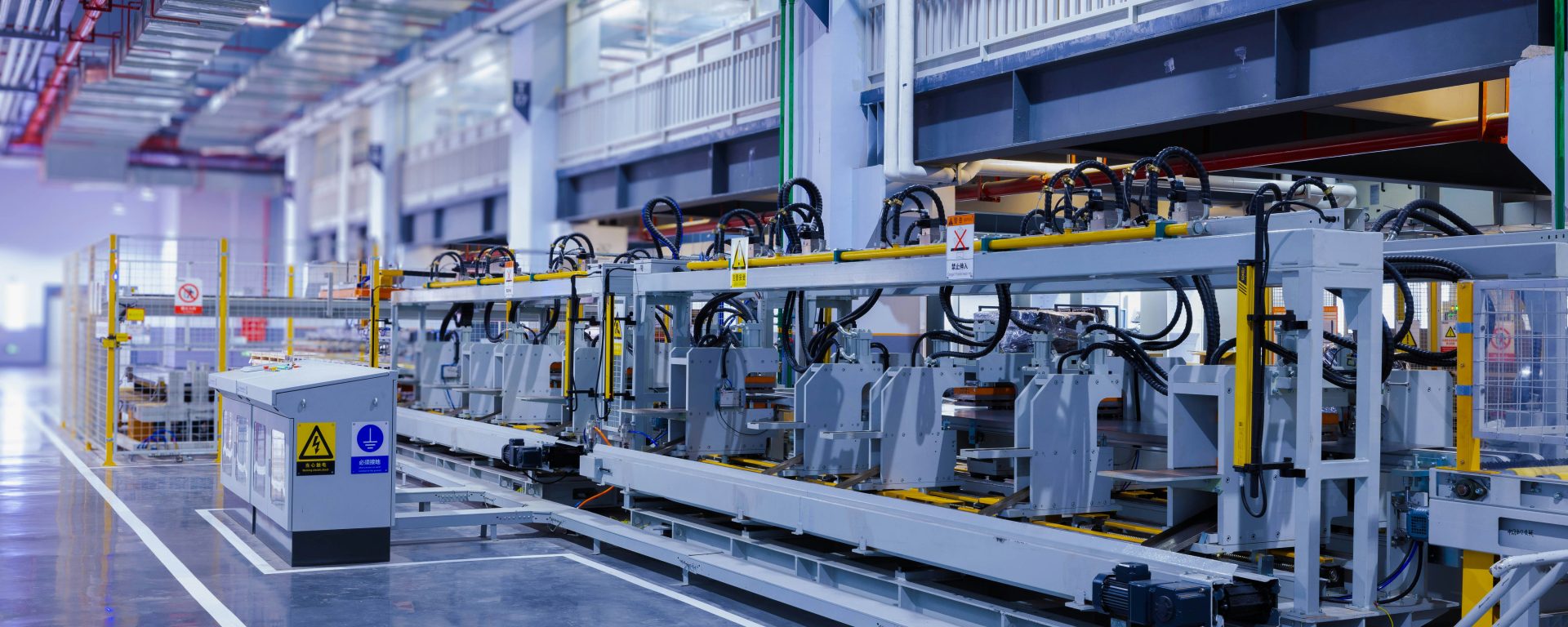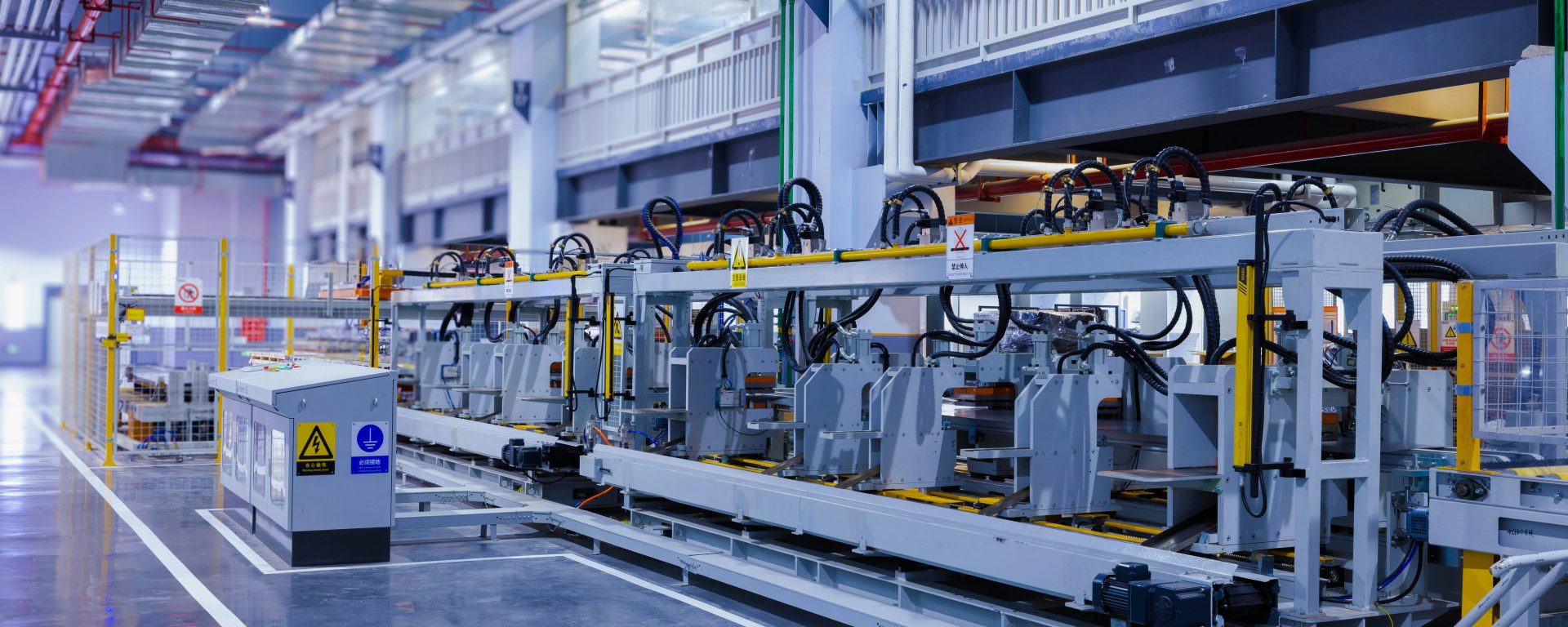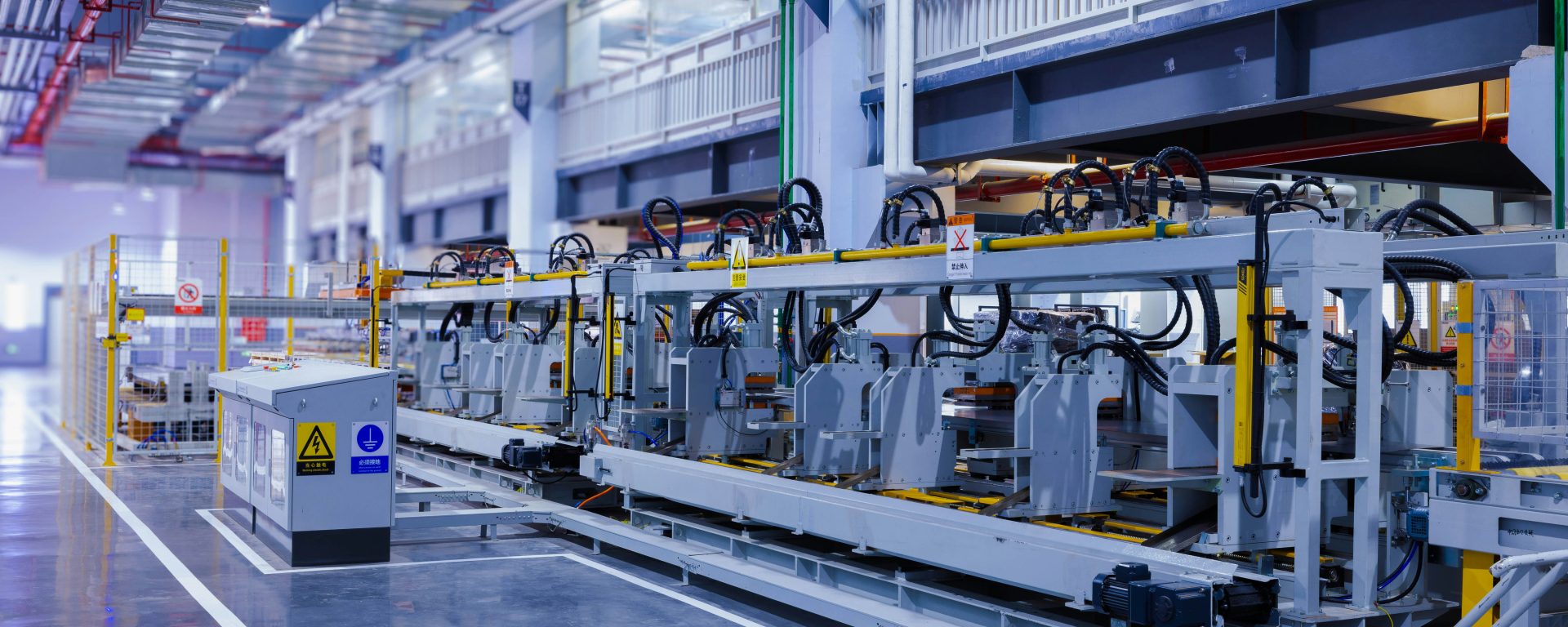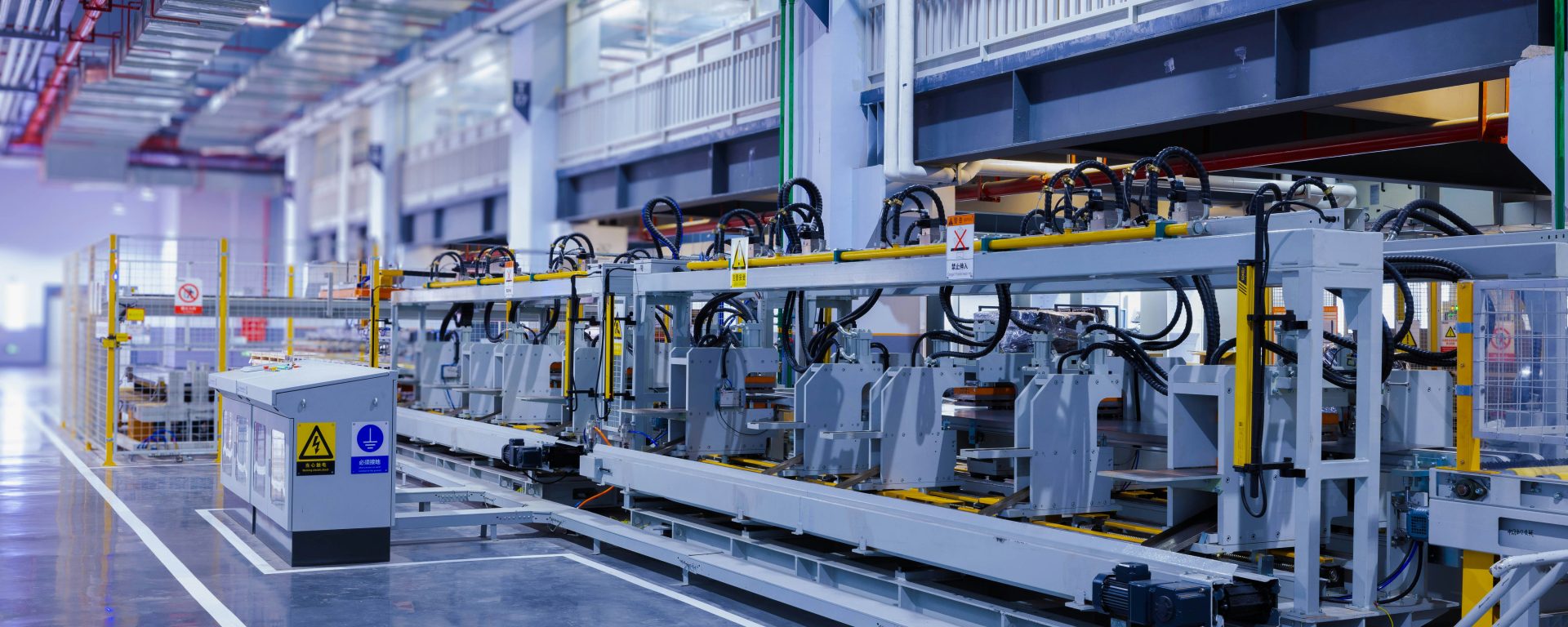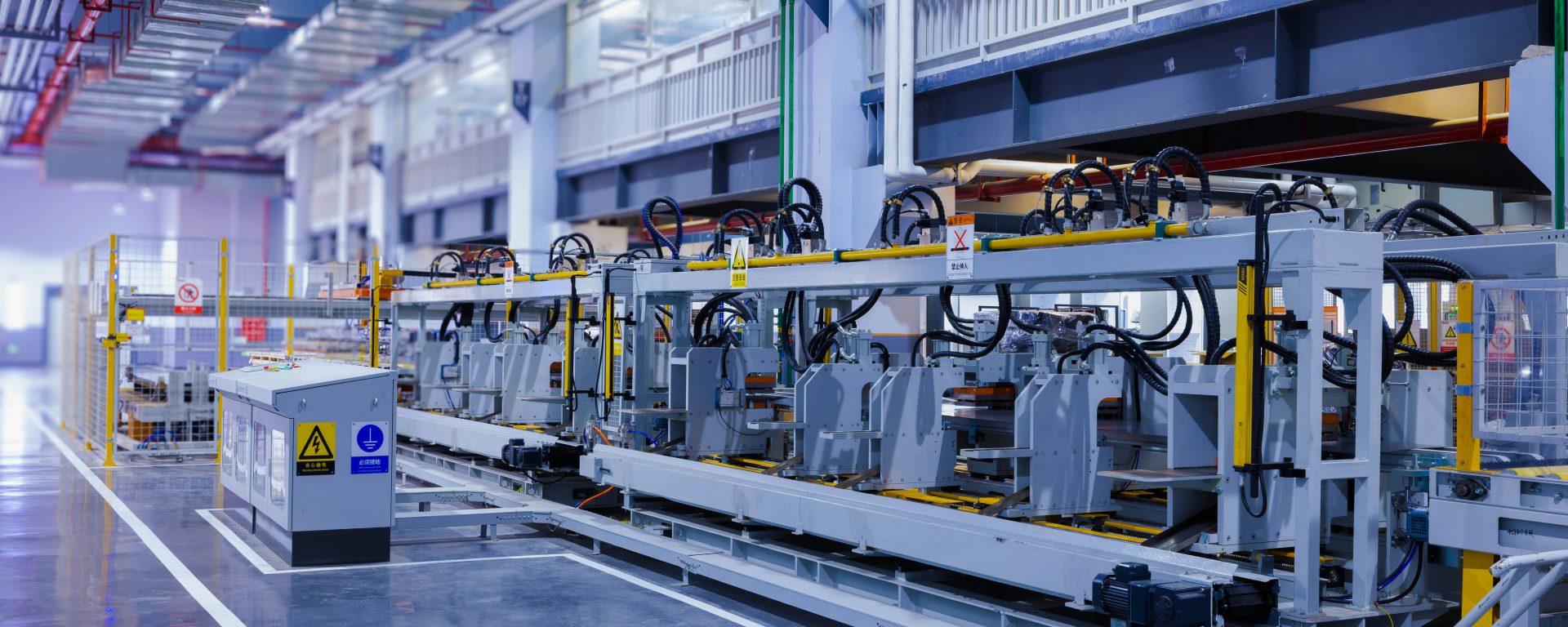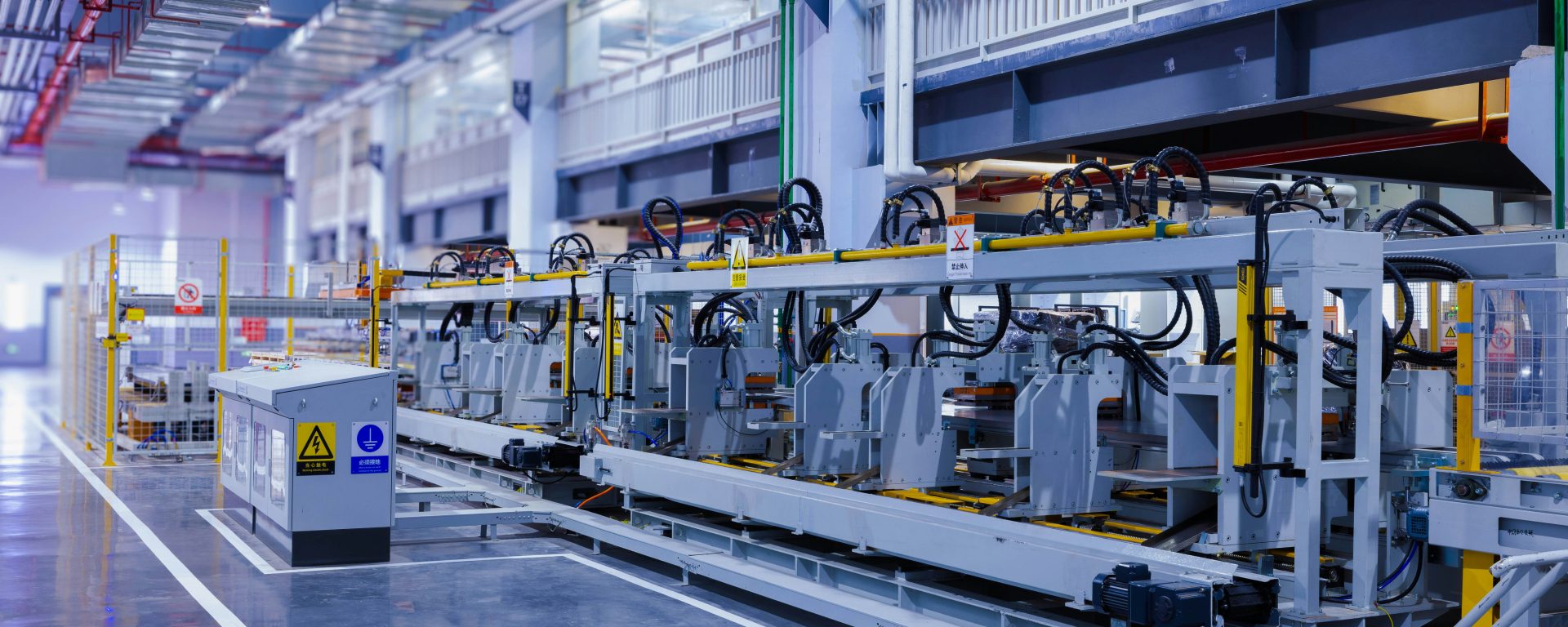Lighting Systems Manufacturing Insurance: Complete Guide for UK Manufacturers
The lighting systems manufacturing industry represents a dynamic and technologically advanced sector within UK manufacturing. From traditional incandescent and fluorescent systems to cutting-edge LED technology, smart lighting solutions, and industrial-grade illumination systems, manufacturers face unique operational risks that demand specialist insurance protection.
Whether you produce residential light fittings, commercial lighting installations, automotive lighting components, or industrial illumination systems, your business faces exposure to property damage, product liability claims, supply chain disruptions, and technological obsolescence risks. A single defective batch, manufacturing error, or workplace accident can result in substantial financial losses, regulatory penalties, and reputational damage that threatens business continuity.
This comprehensive guide examines the essential insurance coverage required for lighting systems manufacturers, explores industry-specific risks, and provides practical guidance on building a robust insurance programme tailored to your manufacturing operations.
Essential Insurance Coverage for Lighting Manufacturers
Property and Material Damage Insurance
Your manufacturing facility, machinery, and inventory represent significant capital investment requiring comprehensive protection. Property insurance for lighting manufacturers should cover:
- Buildings and premises: Protection for owned or leased manufacturing facilities, warehouses, offices, and showrooms against fire, flood, storm damage, and malicious damage
- Manufacturing equipment: Specialized machinery including injection moulding equipment, CNC machines, automated assembly lines, testing equipment, and quality control systems
- Raw materials and components: Coverage for glass, plastics, metals, electronic components, LED chips, circuit boards, and other materials held in stock
- Finished goods inventory: Protection for completed lighting products awaiting distribution or sale
- Tools and equipment: Hand tools, precision instruments, calibration equipment, and maintenance tools
- Tenant improvements: Modifications made to leased premises for manufacturing purposes
Business Interruption Insurance
Manufacturing disruptions can devastate cash flow and threaten business survival. Business interruption insurance provides crucial financial support when operations cease due to insured perils:
- Lost revenue protection: Compensation for income lost during the interruption period while your facility is inoperable
- Fixed cost coverage: Continuation of essential expenses including rent, utilities, loan repayments, and employee salaries during shutdown periods
- Extra expense coverage: Costs incurred to minimize business interruption, including temporary facility rental, expedited shipping, and overtime payments
- Supply chain interruption: Protection when key suppliers experience disruptions affecting your ability to manufacture
- Customer extension: Coverage when major customers suffer insured losses that reduce their orders
Product Liability Insurance
Defective lighting products can cause fires, electrical shocks, property damage, and personal injuries. Product liability insurance is essential for manufacturers:
- Defective product claims: Protection against allegations that your lighting products caused injury or property damage due to design flaws, manufacturing defects, or inadequate warnings
- Legal defense costs: Coverage for solicitor fees, expert witnesses, court costs, and settlement negotiations
- Product recall expenses: Costs associated with identifying, retrieving, and replacing defective products from the market
- Regulatory defense: Legal representation during investigations by trading standards or product safety authorities
- Worldwide coverage: Protection for products sold internationally, particularly important for export-focused manufacturers
Public Liability Insurance
Public liability covers third-party injury or property damage claims arising from your manufacturing operations:
- Visitor injuries: Claims from customers, suppliers, contractors, or other visitors injured on your premises
- Property damage: Accidental damage to third-party property during manufacturing, delivery, or installation activities
- Pollution incidents: Environmental damage from manufacturing processes, chemical spills, or waste disposal
- Nuisance claims: Legal action related to noise, dust, odours, or other disturbances affecting neighbouring properties
Employers Liability Insurance
Legally required in the UK, employers liability insurance protects against employee injury or illness claims:
- Workplace accidents: Coverage for injuries from machinery, slips and falls, manual handling, or equipment malfunctions
- Occupational illness: Protection against claims for conditions developed through workplace exposure to chemicals, dust, repetitive strain, or other occupational hazards
- Legal defense: Representation during Health and Safety Executive investigations and employment tribunal proceedings
- Compensation awards: Payment of damages awarded to injured employees
Professional Indemnity Insurance
For manufacturers providing design services, technical consultation, or custom lighting solutions, professional indemnity insurance covers:
- Design errors: Claims arising from flawed lighting system designs that fail to meet specifications or regulatory requirements
- Technical advice: Allegations that incorrect guidance led to client losses or project failures
- Intellectual property disputes: Defense against claims of copyright infringement, patent violations, or design theft
- Contract disputes: Legal costs when clients allege breach of contract or failure to deliver promised outcomes
Industry-Specific Risks in Lighting Manufacturing
Fire and Explosion Hazards
Lighting manufacturing involves significant fire risks from electrical systems, flammable materials, and heat-generating processes. Plastic components, packaging materials, and chemical treatments create combustible environments. A single electrical fault or overheated component can ignite materials, causing catastrophic facility damage and potential loss of life.
Product Safety and Recall Risks
Defective lighting products pose serious safety hazards including electrical fires, shock risks, and burn injuries. Manufacturing defects, component failures, or design flaws can necessitate costly product recalls affecting thousands of units across multiple distribution channels. The reputational damage from safety incidents can permanently harm brand value and customer relationships.
Supply Chain Vulnerabilities
Modern lighting manufacturing relies on complex global supply chains for electronic components, LED chips, specialized glass, and rare earth materials. Disruptions from natural disasters, geopolitical tensions, shipping delays, or supplier insolvency can halt production and breach customer contracts. Just-in-time manufacturing models amplify vulnerability to supply chain shocks.
Technology and Obsolescence
Rapid technological advancement in LED efficiency, smart lighting controls, and IoT integration creates obsolescence risks. Manufacturers holding substantial inventory of older technology face devaluation when superior products enter the market. Investment in new manufacturing equipment and processes carries financial risk if market adoption disappoints.
Regulatory Compliance
Lighting products must comply with stringent electrical safety standards, energy efficiency regulations, electromagnetic compatibility requirements, and environmental directives including RoHS and WEEE. Non-compliance can result in product seizures, market withdrawal orders, substantial fines, and criminal prosecution of company directors.
Machinery Breakdown
Specialized manufacturing equipment including automated assembly lines, injection moulding machines, and surface mount technology systems represent major capital investments. Mechanical or electrical breakdown can halt production for extended periods while awaiting specialist repairs or replacement parts, particularly for older or custom-built machinery.
Cyber Security Threats
Increasing digitalization of manufacturing processes, from computer-aided design to automated production control systems, creates cyber vulnerability. Ransomware attacks, data breaches, and system compromises can disrupt operations, expose intellectual property, and compromise customer data, triggering regulatory penalties and litigation.
Environmental Liability
Manufacturing processes involving chemicals, heavy metals, and electronic waste create environmental risks. Improper handling, storage, or disposal can result in soil contamination, water pollution, or air quality violations, leading to cleanup costs, regulatory fines, and third-party damage claims.
Specialist Coverage Considerations
LED and Smart Lighting Manufacturers
Manufacturers specializing in LED and smart lighting technology face unique exposures requiring tailored coverage:
- Cyber liability: Protection for IoT-enabled products that could be hacked or compromised, causing customer losses or privacy breaches
- Technology errors and omissions: Coverage for software defects, firmware failures, or connectivity issues in smart lighting systems
- Intellectual property insurance: Defense against patent infringement claims in the highly competitive LED technology sector
- Warranty liability: Extended coverage for long-life LED products with warranties spanning 5-10 years or more
Commercial and Industrial Lighting Specialists
Manufacturers serving commercial and industrial markets require enhanced coverage limits and specialized protections:
- Contract works insurance: Protection during installation of large-scale lighting systems in commercial buildings or industrial facilities
- Performance bonds: Financial guarantees required by major commercial clients for project completion
- Increased indemnity limits: Higher public and product liability limits to meet commercial contract requirements
- Delay in start-up: Coverage for penalties when product delivery delays prevent client project completion
Automotive Lighting Component Manufacturers
Suppliers to the automotive industry face stringent quality requirements and substantial liability exposures:
- Automotive product liability: Specialized coverage for components integrated into vehicles, with extended liability periods
- Tier supplier coverage: Protection when your components are incorporated into larger assemblies by other manufacturers
- Quality system failure: Coverage for systematic defects affecting multiple production batches
- Contractual liability: Insurance for indemnities and warranties required by automotive OEMs
Risk Management Best Practices
Quality Control Systems
Implement comprehensive quality management systems including incoming component inspection, in-process testing, and final product verification. ISO 9001 certification demonstrates commitment to quality and may reduce insurance premiums. Maintain detailed production records enabling rapid identification and isolation of defective batches.
Health and Safety Protocols
Establish robust health and safety procedures covering machinery operation, electrical safety, manual handling, and emergency response. Regular training, documented risk assessments, and near-miss reporting create a safety culture that reduces workplace accidents and insurance claims.
Fire Prevention and Protection
Install comprehensive fire detection and suppression systems throughout manufacturing and storage areas. Implement hot work permits, maintain electrical systems to current standards, and ensure proper storage of flammable materials. Regular fire drills and evacuation procedures protect employees and minimize business interruption.
Supply Chain Resilience
Diversify critical component suppliers to avoid single points of failure. Maintain strategic inventory buffers for long-lead-time components. Develop contingency plans identifying alternative suppliers and manufacturing options to maintain production during disruptions.
Product Testing and Certification
Subject products to rigorous testing including electrical safety, thermal performance, photometric measurement, and environmental stress testing. Obtain relevant certifications including CE marking, UKCA marking, and third-party approvals from bodies like BSI or UL. Comprehensive testing reduces product liability exposure and demonstrates due diligence.
Cyber Security Measures
Implement network security including firewalls, intrusion detection, and regular security updates. Segregate production control systems from business networks. Conduct regular data backups with off-site storage. Train employees on phishing awareness and password security to prevent social engineering attacks.
Choosing the Right Insurance Programme
Assessing Your Coverage Needs
Conduct a comprehensive risk assessment identifying all potential exposures specific to your manufacturing operations. Consider production volume, product types, distribution channels, export markets, and contractual obligations. Engage with insurance professionals experienced in manufacturing risks to ensure adequate coverage limits and appropriate policy terms.
Working with Specialist Brokers
Manufacturing insurance requires specialist knowledge of industry risks, technical processes, and appropriate coverage solutions. Experienced brokers access specialist insurers offering competitive terms for lighting manufacturers. They negotiate policy wording, secure adequate limits, and advocate on your behalf during claims.
Policy Review and Updates
Review insurance coverage annually and whenever significant business changes occur, including new product lines, facility expansions, equipment purchases, or entry into new markets. Ensure policy values reflect current replacement costs, revenue projections, and asset values to avoid underinsurance penalties.
Claims Management
Establish clear procedures for incident reporting, evidence preservation, and insurer notification. Prompt claims reporting and comprehensive documentation facilitate faster settlements. Maintain detailed records of property values, production data, and financial information to support business interruption claims.
Insurance Cost Factors
Several factors influence insurance premiums for lighting manufacturers:
- Production volume and revenue: Higher turnover typically increases premium costs but may improve rates through economies of scale
- Product types: Complex products with higher liability exposure command higher premiums than simple commodity items
- Claims history: Previous claims significantly impact renewal premiums, while clean claims records may qualify for no-claims discounts
- Risk management: Comprehensive quality systems, safety protocols, and fire protection can reduce premiums
- Facility condition: Modern, well-maintained premises with updated electrical and fire systems attract better rates
- Geographic location: Flood risk, crime rates, and proximity to fire services influence property insurance costs
- Export markets: International sales, particularly to litigious jurisdictions like the United States, increase product liability premiums
- Coverage limits and deductibles: Higher limits increase premiums while larger deductibles reduce costs by transferring more risk to your business
- Certification and compliance: Products certified to recognized standards and compliance with regulatory requirements demonstrate lower risk profiles
Regulatory and Compliance Considerations
Electrical Safety Standards
All lighting products sold in the UK must comply with the Electrical Equipment (Safety) Regulations 2016. Products must be designed and manufactured to prevent danger, carry appropriate markings, and be accompanied by instructions for safe use. Manufacturers must maintain technical documentation demonstrating compliance and report serious incidents to regulatory authorities.
Energy Efficiency Requirements
The Ecodesign for Energy-Related Products Regulations establish minimum energy efficiency standards for lighting products. Non-compliant products cannot be placed on the UK market. Manufacturers must conduct testing, maintain documentation, and ensure products meet or exceed mandated efficiency levels.
UKCA and CE Marking
Lighting products require UKCA marking for the Great Britain market and CE marking for sale in the European Union and Northern Ireland. These marks demonstrate conformity with applicable safety, health, and environmental protection standards. Manufacturers must prepare declarations of conformity and maintain technical files for regulatory inspection.
Environmental Regulations
The Restriction of Hazardous Substances (RoHS) Regulations limit use of specific hazardous materials in electrical equipment. The Waste Electrical and Electronic Equipment (WEEE) Regulations require manufacturers to finance collection, treatment, and recycling of end-of-life products. Compliance requires registration with regulatory schemes and payment of appropriate fees.
Health and Safety at Work
The Health and Safety at Work Act 1974 places duties on employers to ensure workplace safety. Specific regulations cover machinery safety, electrical safety, manual handling, personal protective equipment, and hazardous substances. The Health and Safety Executive conducts inspections and can issue improvement notices, prohibition notices, or prosecute serious breaches.
Common Insurance Claims in Lighting Manufacturing
Fire Damage Claims
Electrical faults, overheating equipment, or ignition of flammable materials frequently cause fires in lighting manufacturing facilities. Claims typically include building repairs, replacement of damaged machinery and inventory, business interruption losses during facility restoration, and costs of relocating to temporary premises. Comprehensive fire investigation determines cause and validates coverage.
Product Recall Claims
Discovery of safety defects, component failures, or regulatory non-compliance can necessitate product recalls. Claims encompass costs of identifying affected products, notifying customers and distributors, retrieving products from the market, providing replacements or refunds, and managing public relations. Recalls can affect thousands of units across multiple markets, generating substantial costs.
Machinery Breakdown Claims
Failure of critical manufacturing equipment including injection moulding machines, automated assembly systems, or testing equipment disrupts production. Claims cover repair or replacement costs, expedited shipping of parts, specialist technician fees, and business interruption losses during downtime. Older equipment or inadequate maintenance increases breakdown frequency and claim severity.
Employee Injury Claims
Common workplace injuries include machinery accidents, manual handling injuries, slips and falls, and burns from hot components or equipment. Claims involve medical expenses, compensation for pain and suffering, lost earnings, and rehabilitation costs. Serious injuries can result in substantial awards, particularly when negligence or inadequate safety measures contributed to the incident.
Product Liability Claims
Defective lighting products causing fires, electrical shocks, or property damage generate product liability claims. Allegations may involve design defects, manufacturing errors, inadequate warnings, or failure to meet safety standards. Defense costs alone can be substantial, even when claims lack merit. Settlements or judgments for serious incidents involving injury or significant property damage can reach six or seven figures.
Theft and Burglary Claims
Lighting components, particularly LED chips, electronic components, and finished products, represent attractive targets for thieves. Claims include stolen inventory, damage to buildings during forced entry, replacement of security systems, and business interruption if theft disrupts operations. Inadequate security measures may result in reduced claim settlements.
Real-World Scenarios
Scenario 1: Major Fire Destroys Manufacturing Facility
A mid-sized LED lighting manufacturer experienced a catastrophic fire when an electrical fault in aging equipment ignited plastic components stored nearby. The fire destroyed 60 percent of the facility, including specialized assembly equipment, raw materials inventory, and finished goods awaiting shipment. The business was forced to cease operations for eight months during rebuilding.
Comprehensive property and business interruption insurance provided funds to rebuild the facility to modern standards, replace destroyed equipment, and compensate for lost profits during the shutdown period. The policy also covered costs of notifying customers, redirecting some production to contract manufacturers, and expediting equipment delivery to minimize downtime. Total claim value exceeded £2.3 million, enabling business survival and eventual recovery.
Scenario 2: Product Recall Due to Fire Risk
An industrial lighting manufacturer discovered that a batch of high-bay LED fixtures contained defective driver components that could overheat and ignite. The defect affected approximately 8,000 units distributed across commercial and industrial customers over a six-month period. Regulatory authorities required immediate recall and replacement.
Product liability and recall insurance covered costs of identifying affected customers, retrieving installed fixtures, providing temporary replacement lighting, installing corrected units, and managing communications with customers and regulators. The recall cost approximately £650,000, but insurance coverage prevented financial catastrophe and protected the company's reputation through professional incident management.
Scenario 3: Supply Chain Disruption
A commercial lighting manufacturer relied on a single supplier for specialized LED drivers. When that supplier's facility suffered flood damage, the manufacturer faced a three-month supply interruption. Unable to fulfill customer orders, the business risked contract penalties and customer defection to competitors.
Supply chain business interruption coverage compensated for lost profits and covered extra expenses incurred to source alternative components at premium prices and expedite shipping. The policy also covered contractual penalties for delayed deliveries. This coverage enabled the business to maintain customer relationships and survive the disruption without permanent damage to market position.
Obtaining Insurance Quotes
When seeking insurance quotes for your lighting manufacturing business, insurers typically require detailed information including:
- Annual turnover and projected revenue growth
- Detailed description of products manufactured, including technical specifications and applications
- Manufacturing processes and equipment used
- Number of employees and payroll information
- Facility details including size, construction type, age, and fire protection systems
- Value of buildings, machinery, inventory, and other assets
- Export markets and percentage of international sales
- Quality management systems and certifications held
- Claims history for the past five years
- Risk management procedures and safety protocols
- Existing insurance coverage and limits
- Contractual insurance requirements from major customers
Providing comprehensive, accurate information enables insurers to assess risk appropriately and offer competitive terms. Incomplete or inaccurate information can result in coverage gaps, declined claims, or policy voidance.
Conclusion
Lighting systems manufacturing presents diverse and complex risks requiring comprehensive insurance protection. From property damage and business interruption to product liability and professional indemnity, manufacturers face exposures that can threaten business survival without adequate coverage.
The evolving nature of lighting technology, from traditional systems to advanced LED and smart lighting solutions, creates new risks alongside traditional manufacturing exposures. Cyber threats, supply chain vulnerabilities, and stringent regulatory requirements demand sophisticated risk management and insurance strategies.
Working with experienced insurance professionals who understand manufacturing risks ensures your business secures appropriate coverage at competitive rates. Regular policy reviews, proactive risk management, and comprehensive claims procedures protect your business against financial losses while enabling growth and innovation.
Whether you manufacture residential lighting, commercial systems, industrial illumination, or specialized automotive components, investing in robust insurance protection provides financial security and peace of mind. The cost of comprehensive coverage represents a small fraction of potential losses from uninsured incidents, making insurance an essential business investment rather than an optional expense.
As the lighting industry continues to evolve with technological advancement and changing market demands, maintaining current, comprehensive insurance coverage ensures your manufacturing business can navigate challenges, recover from setbacks, and capitalize on opportunities with confidence.
Protect Your Lighting Manufacturing Business
At Insure24, we specialize in providing comprehensive insurance solutions tailored to the unique needs of lighting systems manufacturers. Our experienced team understands the technical complexities, regulatory requirements, and operational risks specific to your industry.
We work with leading insurers to secure competitive coverage including property insurance, business interruption, product liability, employers liability, and specialist protections for LED, smart lighting, and industrial manufacturers.
Contact our specialist manufacturing insurance team today for a comprehensive review of your insurance needs and a competitive quotation designed specifically for your lighting manufacturing business.
Call us: 0330 127 2333
Visit: www.insure24.co.uk
Get expert advice and tailored insurance solutions that protect your business, your employees, and your future.


 0330 127 2333
0330 127 2333

